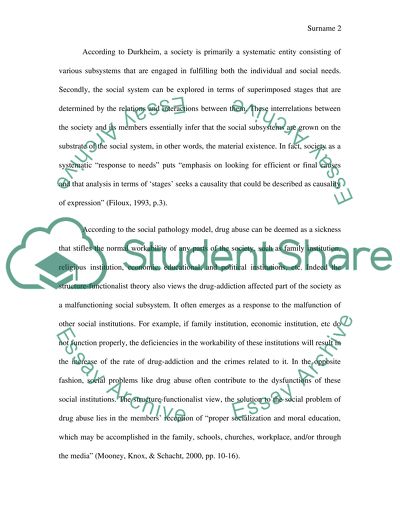Cite this document
(“Drug Abuse as a Social Problem and Its Impacts Essay”, n.d.)
Retrieved de https://studentshare.org/sociology/1438075-drug-abuse-as-a-social-problem
Retrieved de https://studentshare.org/sociology/1438075-drug-abuse-as-a-social-problem
(Drug Abuse As a Social Problem and Its Impacts Essay)
https://studentshare.org/sociology/1438075-drug-abuse-as-a-social-problem.
https://studentshare.org/sociology/1438075-drug-abuse-as-a-social-problem.
“Drug Abuse As a Social Problem and Its Impacts Essay”, n.d. https://studentshare.org/sociology/1438075-drug-abuse-as-a-social-problem.


